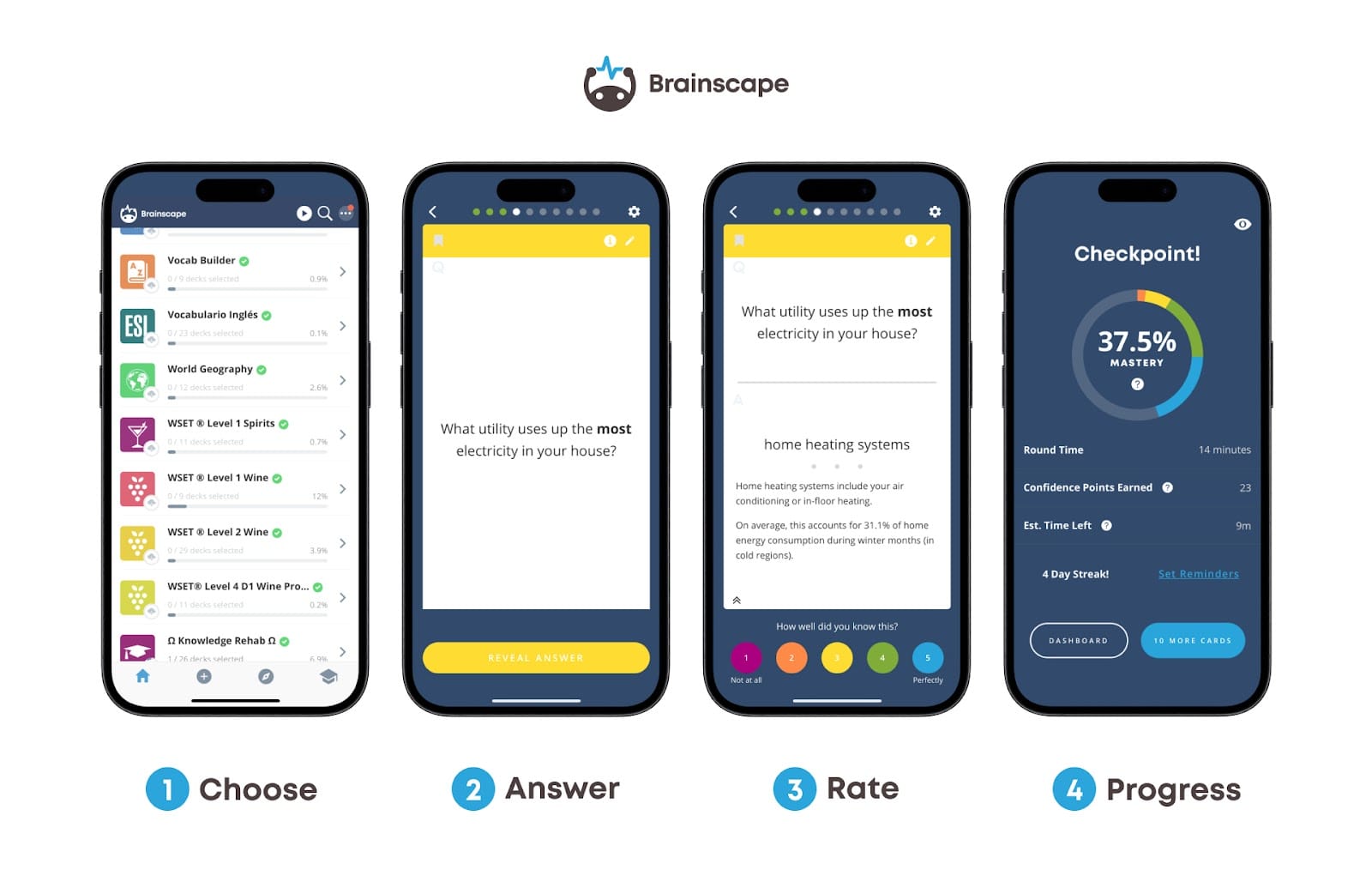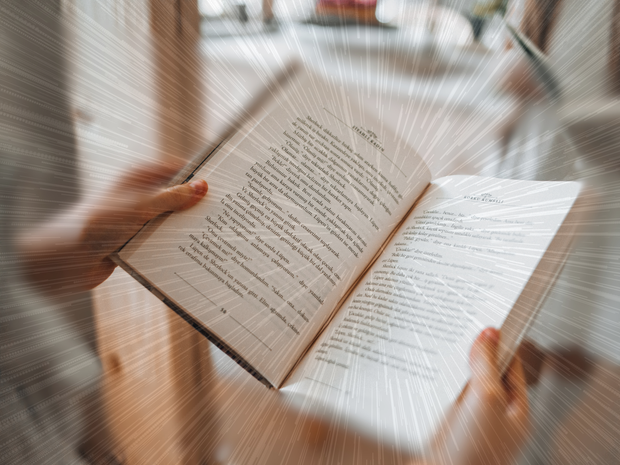Let’s be real: speed reading sounds like a dream. Who wouldn’t want to blast through their textbooks like a caffeinated superhero and still ace the exam? But before you channel your inner book-devouring genius, it’s worth asking—does speed reading actually help you learn, or is it just an impressive party trick for nerds?
The answer? It’s complicated. Speed reading can be helpful—but only when used strategically. And if you’re trying to absorb real, testable knowledge? You’ll need to slow down and actually learn the material. Here’s how to make speed reading work for you (without accidentally forgetting everything you just "read").
When Speed Reading Fails You
Speed reading gives you the gist—the big picture. But if you need to remember formulas, key dates, or why mitochondria are the powerhouse of the cell, you’ll need more than a surface skim. Tests require deeper understanding, and speed reading alone just won’t cut it.
Use Speed Reading to Build the Framework
Speed reading shines when used as a warm-up. Start by skimming chapter outlines, headings, and bolded terms to get the lay of the land. This builds a mental bookshelf you can later fill with detailed knowledge.
Then, actually read the chapter.
Yep, we said it. Read it again—slower this time. But thanks to your speedy preview, your brain’s already prepped to absorb the information more efficiently. You'll understand the context and retain more.
But how do you retain this information in the long term?
Meet Your Study Sidekick: Brainscape

Brainscape is your ultimate study weapon. It’s a science-backed flashcard app that uses spaced repetition to help you learn twice as efficiently. As you study, you rate how well you know each card, and Brainscape shows you the tough ones more often—while skipping what you’ve already mastered.
You can create your own decks as you read (which reinforces learning!), or tap into our massive library of expert-made flashcards in subjects from biology to bar prep. Brainscape helps you lock in that detailed knowledge that speed reading alone can’t deliver.
Making flashcards forces your brain to engage with the material actively. It’s not just about memorizing—it’s about deeply understanding and recalling concepts quickly. With Brainscape’s adaptive algorithm, you’ll review the right info at the right time for maximum retention and minimum effort.
Pro tip: note which textbook page each flashcard comes from so you can easily revisit tricky concepts.
FAQ: The Dangerous Truth about Speed Reading for Students
What is the problem with speed reading?
The main issue with speed reading is that it tends to prioritize speed over comprehension. While it can give you a general sense of the material, it often sacrifices depth and detail, both of which are crucial when studying for exams that test your ability to recall and apply complex information.
Is speed reading scientifically proven?
Research shows that while people can be trained to read faster, there’s usually a trade-off with accuracy and comprehension. Truly absorbing and retaining material takes time and cognitive effort. Speed reading can support this process when used wisely, but it isn’t a shortcut to deep learning.
Are speed reading courses worth it?
Speed reading courses can teach useful previewing strategies and help improve reading efficiency for light material. However, they’re often overhyped. For dense academic content, their value is limited unless paired with active study techniques like spaced repetition and flashcards.
What is the trick to speed reading?
The real trick is knowing when and how to use it. Speed reading works best as a preview tool to familiarize yourself with content structure. Follow it up with slower, focused reading and active recall methods to lock in the details. That combo is far more effective than speed alone.
The Final Verdict on Speed Reading
Speed reading isn’t bad for studying, but it’s not a magic bullet, either. Used correctly, it’s a great way to get your bearings before diving deeper. Think of it as scouting the terrain before charging into battle. But what if you rely on it alone? You’re likely to crash and burn come test day.
So, take the smart route: use speed reading to build your study framework, and let Brainscape do the heavy lifting when it comes to mastering the details. You’ll save time, retain more, and walk into your exam with the confidence of someone who didn’t just skim the surface—but dove deep and came back with all the treasure.
Additional Reading
- How to read a textbook—and remember what you’ve read
- How to Read Faster and Better
- Does Reading Out Loud Cause You to Remember Things Better?
References
Etchells, P. (2017, September 20). Is speed reading a waste of time? The Guardian. https://www.theguardian.com/education/2016/jul/20/is-speed-reading-a-waste-of-time
Fletcher, J. (2024, June 30). Didactic memory: Understanding Short-Term Photographic Memory. Psych Central. https://psychcentral.com/health/didactic-memory
Hammond, C. (2022, February 24). The tricks that can turn you into a speed reader. BBC. https://www.bbc.com/future/article/20191129-how-to-learn-to-speed-read
Rayner, K., Schotter, E. R., Masson, M. E. J., Potter, M. C., & Treiman, R. (2016). So much to read, so little time. Psychological Science in the Public Interest, 17(1), 4–34. https://doi.org/10.1177/1529100615623267
Seidenberg, M. (2017, January 24). Sorry, but speed reading won’t help you read more. WIRED. https://www.wired.com/2017/01/make-resolution-read-speed-reading-wont-help/
Sutz, R., & Weverka, P. (2016, March 26). Skimming as a Speed Reading Technique. Dummies. https://www.dummies.com/article/academics-the-arts/language-language-arts/reading/skimming-as-a-speed-reading-technique-193384/
